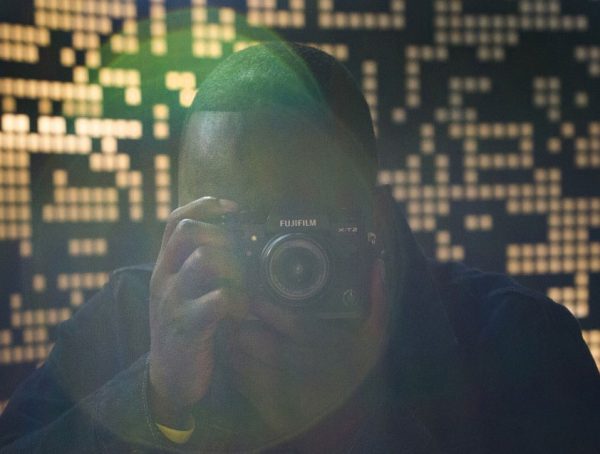Jabin Botsford has been a staff photographer at The Washington Post since March 2015. He graduated from Pellissippi State Community College in Knoxville and later attended Western Kentucky University. While at Western Kentucky, he interned at The Washington Post, The New York Times (twice), the Columbus (Ohio) Dispatch and the Los Angeles Times. His work is now focuses mostly on news and politics around the country and world. He lives in Washington, D.C.
He recently spoke with Jonathan Gibson, a student in the University of Mississippi’s Meek School of Journalism & New Media, about his experience and inspirations.
Q: When you were in college, what were your dreams? Where did you see yourself when you graduated?
A: I have two different college experiences. One was figuring out what photojournalism was, which was community college. The other was knowing exactly what I wanted to do when I went to Western Kentucky University. I quickly realized, thankfully, that news was what I wanted, and that big newspapers were the place for me to do that. So that was sort of always my goal. Once I figured that out, early on, everything worked to point towards that. The internships, the connections, everything sort of revolved around going that direction… . I tried other sized papers … but I just realized that bigger newspapers were for me.
Q: What drew you to photography in the first place?
A: My photography experience started in high school. I wanted to take the photography class in high school, but to do that you had to take a bunch of art classes. So, I sort of forced a bunch of art classes, and I fell in love with all my art classes. I fell in love with photography through that, and thankfully that art base, I feel like, has really held steady through my career. Once I had the technical side of photography down, the artistic side was somewhat a natural switch.
Q: How did you transition into photojournalism?
A: There were a lot of transitions [into photojournalism]. I went to community college not knowing what I wanted to do. I took a semester of gen eds. I failed a class. I hate school, I’m not good at it, I’m like absolutely terrible at school. I switched to our general photography program at this small community college, and I thought I was gonna be a fashion photographer because I really liked how competitive it was and you get to travel the world and take pictures of beautiful people. It all seemed great to me. But I really hate controlling things, which is what a lot of fashion is, and I didn’t even know what photojournalism was. Well, one of my classes was a photojournalism class, and all of sudden I was like, ugh, this is everything, this is everything I ever wanted without having to tell anybody to do anything. That was sort of the clicking point. I interned at this really small newspaper in Tennessee, where I learned the newsroom and what that was like, and it just perpetuated my love.
Q: What do you look for when you’re trying to tell a story through pictures? What things catch your eye and inspire you?
A: I refer back to me starting in art, and I think of the elements and principles of art—so line, color, shape, value, texture, form, composition, all these things—specifically in photojournalism people heavily weighted around the moment, and though the moment is important, I feel there’s so much more that people just really get distracted by the moment and not pay attention to the other things. To me light is king. I’m a huge fan of finding great light and just sitting there waiting for something to happen. If you haven’t ever listened to Sam Abel speak, I highly recommend it. It was a very transformative turning point in my student career when I listened to him to speak, because like Ansel Adams, he would just sit there, study a scene, and wait for everything to become perfect.
Composition, I mean, in my mind I want a storytelling picture. I want as many storytelling elements in a frame as possible and preferably in the most clean way possible. I don’t want my shapes intersecting, I don’t want a pole coming out of someone’s head, I don’t want stacks of people on top of each other. I want very clear storytelling elements to all be in one frame and hopefully lead my eye through the entire picture.
Q: Do you have things other than art—hobbies, things like that—that inspire your photography that might not be obvious?
A: I have hobbies, but I don’t know how they relate to photography. I think, if anything, they keep me sane from what I do now, just because what I do now is very overwhelming.
Q: What are some of the key pieces of advice you have for less experienced photojournalists?
A: I think a lot of people in our industry are very doom and gloom about photojournalism, but if it’s something you feel like you actually want and you’re willing to work for it, you should absolutely do it. There are lots of opportunities, and I’d argue with the internet that there are actually more opportunities than ever before. They’re just quickly changing as to what they look like. Newspapers don’t really have photographers as much anymore, but the need for good photo editors is insane. There is so much need for that. And there’s so many new uses for photo and video and stuff like that. If it’s something you want you should definitely go for it. Just know that you’re going to have to work really hard, and you have a long way to go.








